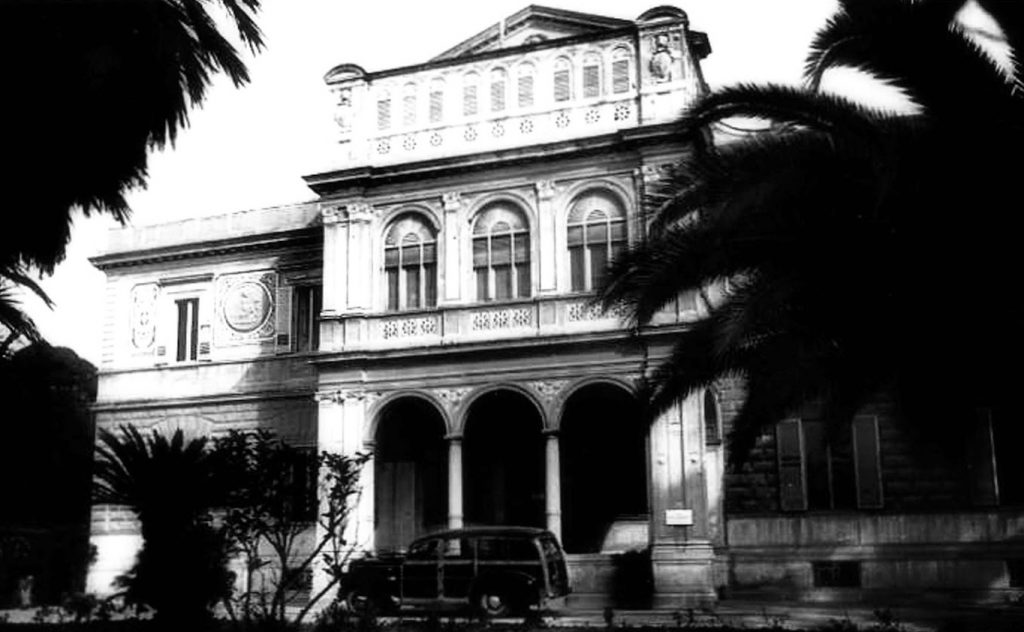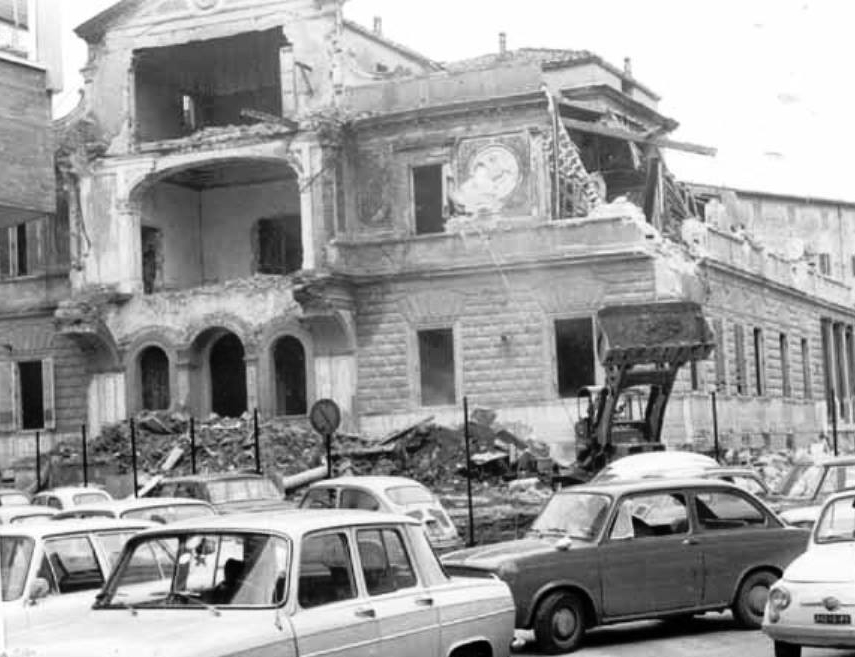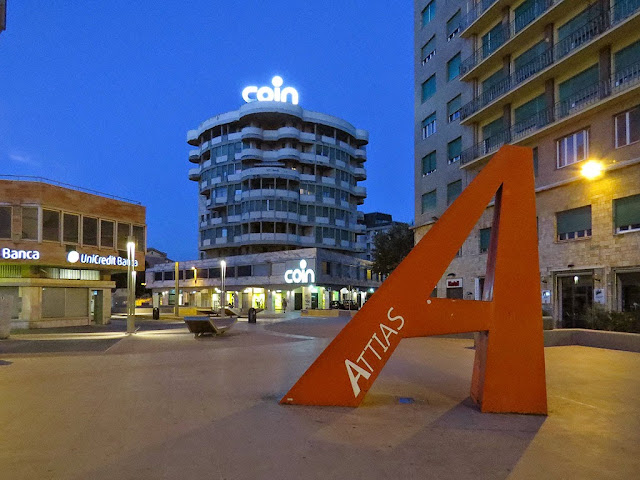Di origini seicentesche, era di proprietà dell’Opera del Duomo, che nel 1700 l’affittò, per la cifra di 23 scudi l’anno, al commerciante ebreo Gioseffo Attias, membro di una delle più importanti famiglie livornesi nonché persona molto erudita e tenuta di gran conto dai Granduchi di Toscana.
Nel 1861 la villa fu venduta alla famiglia greca degli Scaramagnà, che nel 1871, detterò incarico ad un noto architetto Antonio Cipolla di restaurare ed ampliare il fabbricato. Il restauro, non attuato interamente secondo il progetto originario, portò ad un notevole riassetto ed ampliamento della villa, che fu anche dotata di una sorta di cour d’honneur grazie alla costruzione di corpi di fabbrica laterali.
Nel 1888 il complesso passò ad Elisabetta Rodocanacchi, moglie dello Scaramangà; Nel 1905 fu acquistato prima dalla moglie di Luigi Orlando, Irma Maniscalco, e poi dal console argentino Pedro Alessandro Bossio.
Of seventeenth-century origins, it was owned by the Opera del Duomo, which in 1700 rented it, for the sum of 23 scudi a year, to the Jewish merchant Gioseffo Attias, a member of one of the most important Leghorn families as well as a very erudite and well-known person. of great account by the Grand Dukes of Tuscany.
In 1861 the villa was sold to the Greek family of the Scaramagnà, who in 1871 entrusted a well-known architect Antonio Cipolla with the task of restoring and expanding the building. The restoration, not entirely carried out according to the original project, led to a significant rearrangement and expansion of the villa, which was also equipped with a sort of cour d’honneur thanks to the construction of lateral buildings.
In 1888 the complex passed to Elisabetta Rodocanacchi, wife of Scaramangà; In 1905 it was bought first by the wife of Luigi Orlando, Irma Maniscalco, and then by the Argentine consul Pedro Alessandro Bossio.
La famiglia Bossio rimase proprietaria della villa sino ai successivi anni sessanta e ne arricchì gli arredi ed il parco, dove fece collocare la fontana Leda e il cigno dello scultore Luigi Brizzolara.
Negli anni sessanta l’immobile fu ceduto dai Bossio a una società privata, che in seguito ad una scellerata speculazione edilizia e nel totale disinteressa delle autorità, demolì la storica villa per fare spazio a moderni palazzi ed una piazza ed oggi non rimane niente di essa. Unica sopravvissuta è la fontana, trasferita nel parco di Villa Fabbricotti.
The Bossio family remained the owner of the villa until the following sixties and enriched the furnishings and the park, where they placed the Leda fountain and the swan by the sculptor Luigi Brizzolara.
In the sixties the property was sold by the Bossio to a private company, which following a nefarious building speculation and in the total disregard of the authorities, demolished the historic villa to make room for modern buildings and a square and today nothing remains of it. . The only survivor is the fountain, which was moved to the park of Villa Fabbricotti.



